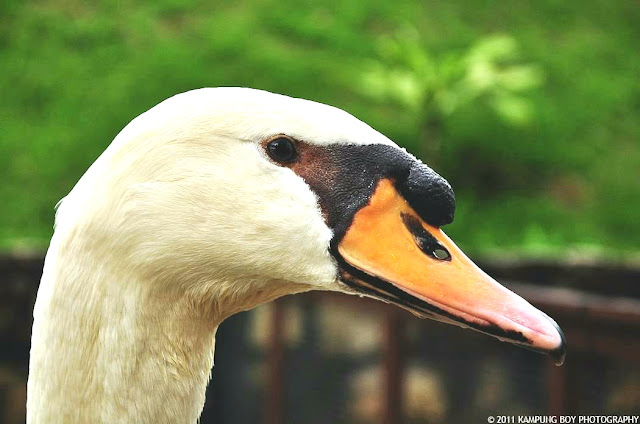Goose

Photo by Fadzil Hisham Geese are among the finest and elegant looking birds that nature has acquainted us with. Amicable, loyal, caring and helpful are the best traits with which a goose is identified. Over 140 species of waterfowls, geese are counted among the largest of the all waterfowls other than swans and ducks who are their distant relatives. Click here to find more exciting places! A goose is often characterised by long neck, non-iridescent coloration and its honk, which sets it apart from its cousins. A female is called a goose, a male is called a gander. Whereas, gosling is the term used to call a young bird of this goose family. Photo by Fadzil Hisham Being waterfowls, geese love to spend a significantly large portion of their time on land. Favourite dwelling area of a goose is the small grasslands in close proximity to a source of water. Most of the daytime of a goose is spent in the hunt for food, most of which comes from grazing. Get the latest...

